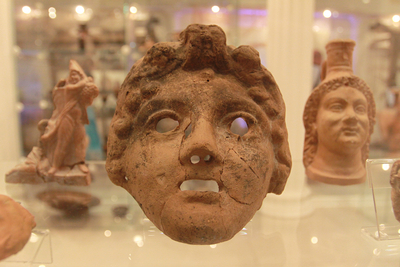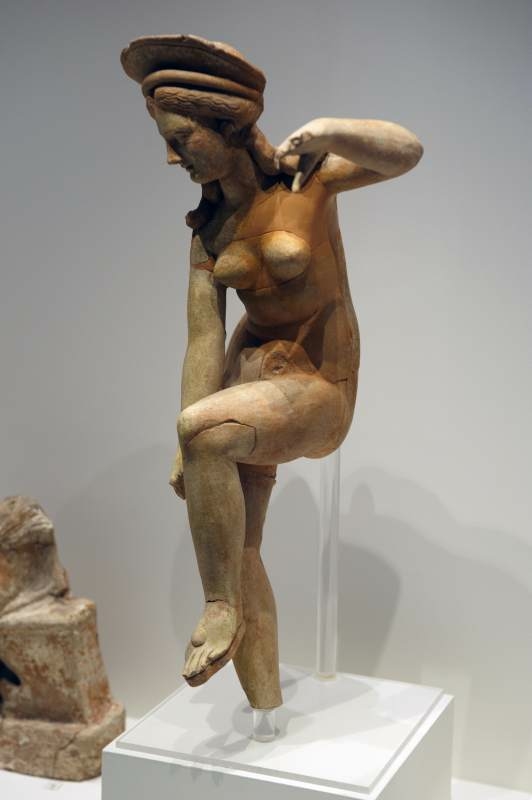Terracotta figurines. Facts
What is terracotta?
In fact, it is burnt clay (earth). Terracotta is called ceramic products made of colored clay, which has a porous structure. Clay must be of a special grade so that when fired it shows an unusual texture and black, red-brown or cream color. Terracotta figurines are not glazed.
This material is used for artistic, domestic and construction purposes. It is used to make dishes, clay toys, figurines, stove tiles, tiles, facing slabs, relief details in architecture.
The history of terracotta goes back to ancient times. It was especially widespread in ancient China — the famous terracotta army of the Qin dynasty. In ancient Greece, terracotta products were also popular.

Tanagra figurines
The most famous and widespread type of ancient Greek terracotta sculptures are Tanagra figurines. These masterpieces are the pinnacle of ancient coroplasty. These products were made by the masters of the city of Tanagra in Boeotia. It was the center for the production of votive items, from where they were transported throughout the Mediterranean.
Ten — twelve-centimeter terracotta figurines were covered with transparent glaze, which included metal oxides. After firing in the kiln, they were painted with watercolors.
As can be seen from the surviving samples, the terracotta masters preferred to create «graceful female figurines of a clearly secular nature, in somewhat coquettish poses with a fan in their hand.» Male images are rare. Male figurines of characters from the comedy Menander are known.
Most samples of ancient Greek terracotta were discovered during the excavation of tombs in Tanagra in 1874. Burials were made in the 3rd — 1st centuries BC.

The figurines found were so realistically made that they aroused interest not only among historians and archaeologists, but also among art historians and artists. The famous French sculptor Jean-Leon Gerome created several bronze figurines in imitation of antique terracotta. Found copies became the reason for the creation of a huge number of fakes.
Among the Russian connoisseurs of antique terracotta was the ambassador to Greece, P.A. Saburov, who managed to collect a large collection of tanagrian women. Subsequently, he sold the most valuable part of the collected antique masterpieces (terracotta) to the Hermitage, about which he wrote: «Not a single museum has such a collection.»
The discovery of Tanagra terracotta changed the world view of the appearance and way of life of the Hellenes. The figurines showed the life of simple ancient Greeks.
